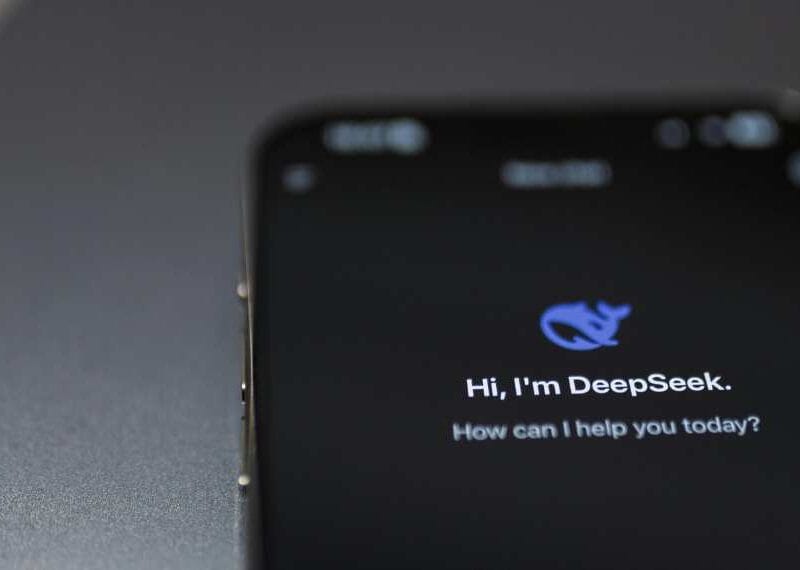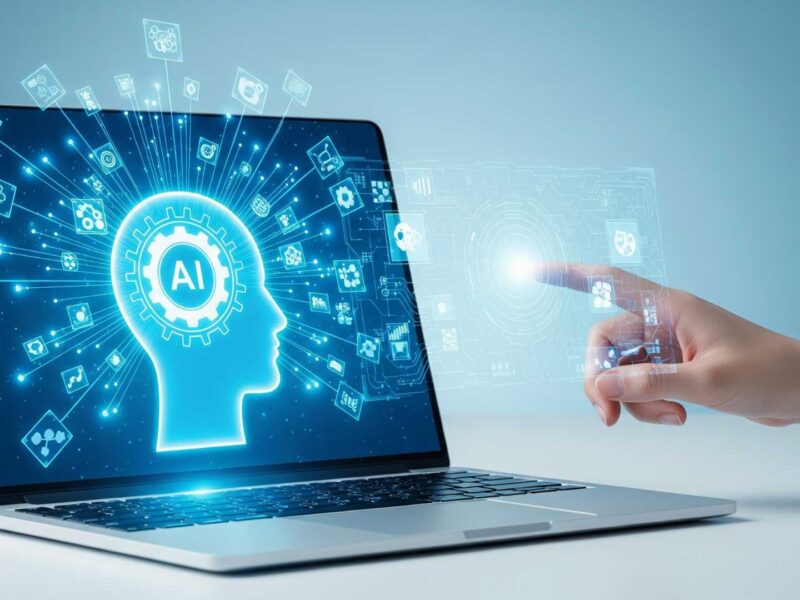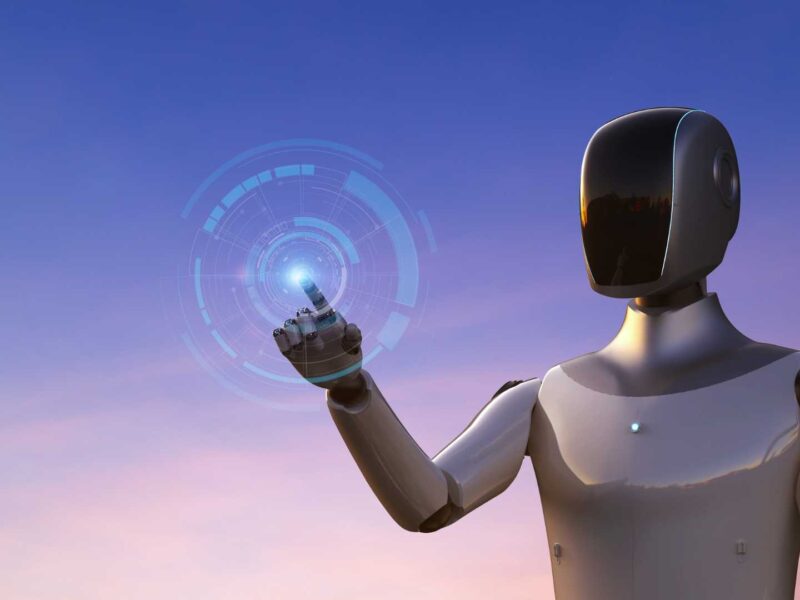Future-Proofing Students: Aligning Education with Tech Advancements
The traditional pipeline from academia to the professional world is facing unprecedented strain.
As AI and technology sprint forward, a critical skills gap is widening, leaving graduates with knowledge that can feel obsolete the moment they enter the workforce.
For educators, policymakers, and business leaders, this reality forces a hard question.
How do we transform our educational systems to produce graduates who are not only prepared for today’s jobs but are equipped with the adaptability and foresight to lead tomorrow’s?
This Techronicler article gathers cutting-edge insights from a diverse panel of business leaders, forward-thinking academics, and tech professionals.
It offers a strategic blueprint for a fundamental re-imagining of educational models, faculty development, and industry collaboration, ensuring our future workforce is ready not just to keep up with AI, but to actively shape its evolution.
Read on!
Education Must Become A Living System
We’re entering a new era where the half-life of knowledge is shrinking – and education must evolve from a static transmission of facts to a living system of continuous learning.
The opportunity isn’t just to teach new content, but to design experiences that evolve with the world and keep learners meaningfully connected – not only to instructors, but to one another.
At Honor Education, we believe AI can catalyze this shift by enabling experts to rapidly build and update courses, and by surfacing insights, reactions, and reflections from peers across a shared learning journey.
When learning keeps pace with change and is enriched by human connection, it becomes not just preparation for the future, but part of how we shape it.

Joel Podolny
CEO & Founder, Honor Education
Education Must Evolve At Technology's Speed
If we want students to thrive in an AI-driven world, education needs to evolve at the speed of technology. That means rethinking everything, from how we teach to how often we update.
We need modular, stackable learning that adapts in real time, not static degrees built for a slower era. AI literacy should be embedded across every discipline, helping students build confidence, adaptability, and the ability to lead through change. But this isn’t just about curriculum. It’s about collaboration. When educators and tech leaders co-create programs, offer access to tools, and support ongoing educator development, we create a system that is not only relevant but also resilient.
The future of education is not a single classroom or course. It is a living, breathing ecosystem designed to help learners and society keep pace with transformation.”

Dr. Ja-Nae Duane
Faculty, Brown University
Future-Proof Humans; Don't Just Race Tech
Let’s be real: today’s AI is the worst it will ever be—because every tomorrow brings something newer and better. Tech evolves daily—so if we’re updating courses to match tools, we’re already behind.
The real game-changer? Teaching what tech can’t do. That means putting human skills such as resilience, relationships, and curiosity at the core of education.
Resilience builds adaptability to navigate constant change. Relationships fuel collaboration, leadership, and emotional intelligence—none of which AI can automate. Curiosity sparks lifelong learning, so students don’t just adapt to new tech—they lead its evolution.
If we want students to keep pace with industry, we must stop racing tech and start future-proofing humans. That’s how we stay ahead.

Sara Truebridge
Founder & CEO, EdLinks
Education Must Now Teach Adaptive Capacity
The speed of innovation has officially outpaced the academic calendar.
We can’t rely on traditional curriculum cycles to keep students industry-ready. Instead, we need to equip them with adaptive capacity—the ability to learn, unlearn, and relearn as technology continues to evolve.
This means embedding AI literacy, digital fluency, and systems thinking into every discipline, rather than limiting it to computer science. It also means stronger partnerships between academia and industry to co-design learning experiences, from guest lectures to micro-credentialed project work. The goal is to cultivate curiosity, ethical reasoning, and agility in the face of change as much as it is to teach new tools.
Industry-ready graduates of the future will be those who can spot what’s coming and decide what’s worth pursuing.

Corrie Wilder
Consultant, Speaker & Educator, Corrie Wilder
Teach Multidisciplinary Skills To Out-Think AI
AI is racing ahead — and it’s outpacing the ability to adapt to the accreditation driven college model.
After many decades of increasing specialization, what we need now is aggressive focus on multidisciplinary skill development.
Educators and tech leaders must build hybrid curricula that blend systems thinking, ethical reasoning, and real‑world problem solving alongside technical skills. We also need to redefine readiness: portfolios, hands‑on projects, and demonstrated adaptability matter more than diplomas alone.
With low‑code and AI tools democratizing development, every role — from marketing to finance — requires baseline technical fluency. The future workforce shouldn’t aim to out‑tech the machines, but to out‑think them.
Human judgment — not just code — is the edge that education must cultivate.

Clyde Seepersad
Senior Vice President & General Manager Education, Linux Foundation
AI Shifts Skills To Thinking, Not Memorizing
AI is transforming work so rapidly that the truth is that no one knows what skills will be the most important in 10 or even 5 years.
What’s clear is that narrow, domain-specific knowledge will decline in importance, while interdisciplinary, contextual thinking, creativity, and collaborative skills are likely to remain crucial. In that sense, it’s in line with broader trends that have been decreasing the value of memorization and “names and dates” focused pedagogy, which was already on the decline with the rise of the internet and ease of access to specific information. But AI is rapidly accelerating that trend, and puts the onus on educators to refocus on skills-based pedagogy, where critical thinking and creativity are no longer the icing on the cake, but the cake itself.
An analogy I draw is to the orchestra: I don’t know if you want to invest the time to become specifically a violinist at this point in history, but we’re always going to need a conductor to organize and coordinate the orchestra.

Gareth Barkin
Dean of Operations of Anthropology & Asian Studies, University of Puget Sound
Bridge Education-Industry Gap Through Continuous Adaptation
The disconnect between academic curricula and real-world digital progress is something I see firsthand when consulting global brands and mentoring junior talent. Businesses expect candidates to understand concepts like AI-driven personalization, data analytics, and agile experimentation – yet many university programs still emphasize legacy frameworks or tools that are already outdated in the field. This is not simply a gap in knowledge; it is a gap in relevance and readiness.
From my experience leading e-commerce and digital transformation projects, the most effective teams are those that embrace continuous learning as part of their culture. The same principle applies to education. Curricula should not be static; they must adapt through stronger partnerships with industry.
When we launched the ECDMA Global Awards, one of the judging criteria was evidence of collaboration between business and academia, because real innovation happens when theory meets practice. Guest lectures, ongoing internships, joint research projects, and direct access to live business cases are far more valuable than textbook exercises.
Another critical shift is mindset. Students need to learn how to learn – to assess new technologies, experiment, and adapt. Technical skills will always evolve, but the ability to analyze, test, and iterate is what makes talent future-proof. In my consulting work, I see companies succeed when they foster this mindset at every level. Educators can mirror this by integrating project-based learning, rapid prototyping, and direct feedback from practitioners into their courses.
As for AI, I advise both businesses and educators to focus on how AI is actually used in marketing and commerce today: predictive analytics, customer segmentation, creative optimization, and automation of repetitive tasks. These are not abstract trends but daily realities in digital operations. Students should have hands-on exposure to these tools and understand their impact on strategy and execution.
Ultimately, the pace of technology will always outstrip static curricula. The solution is not to chase every new tool but to embed adaptability, industry engagement, and critical thinking into the heart of education. This is how we can bridge the gap and prepare students for the realities – and opportunities – of modern business.
Augmented Reality Transforms Classroom Learning Experience
In 2020, we launched MyWebAR, a platform for creating AR content directly in the browser. Today, it is used by more than 250,000 creators and brands from 180 countries.
One of our favorite topics in tech is education, and our answer is simple: use augmented reality.
At MyWebAR, we see thousands of teachers and students already doing it. Today, the platform is used by educators and students from over 200 universities and colleges around the world, not to mention even more schools.
We’ve seen inspiring examples of teachers bringing complex subjects to life with AR: astronomy, geometry, biology, anatomy, and more. And now, with AI tools built into the platform, educators don’t need any technical background to create immersive content.
They can generate 3D objects, animate, write a scenario, record voiceovers in multiple languages – all in just a few clicks. This dramatically lowers the barrier to innovation in the classroom and helps teachers give students a truly hands-on, future-ready experience.
And just as important, using immersive technology like AR boosts the teacher’s authority in the eyes of students.

Anna Belova
Founder & CEO, MyWebAR
Project-Based Learning Meets EdTech: Education Evolved
To help students keep pace with rapidly evolving technologies, educators and tech leaders must rethink traditional models and embrace more agile, experience-driven approaches to learning.
One effective strategy is embedding project-based learning (PBL) into the curriculum, where students work on real-world challenges that reflect current industry demands. This hands-on method not only builds technical proficiency but also cultivates essential soft skills like critical thinking, collaboration, and adaptability, which remain valuable regardless of how the tech landscape evolves.
In parallel, schools and higher education institutions should foster collaborative partnerships with EdTech providers and managed IT service firms. These partnerships help integrate cutting-edge tools and platforms into instruction, keep faculty informed of emerging trends, and ensure a secure, scalable technology infrastructure.
By blending PBL with strategic EdTech collaboration, education becomes more relevant, responsive, and aligned with the skills today’s employers expect, from AI literacy to cybersecurity awareness.

Nick Kliminski
Client Relations Specialist, GO Technology Group Managed IT Services
On behalf of the Techronicler community of readers, we thank these leaders and experts for taking the time to share valuable insights that stem from years of experience and in-depth expertise in their respective niches.
If you wish to showcase your experience and expertise, participate in industry-leading discussions, and add visibility and impact to your personal brand and business, get in touch with the Techronicler team to feature in our fast-growing publication.












